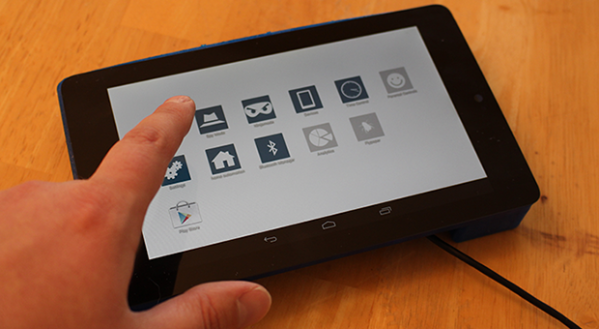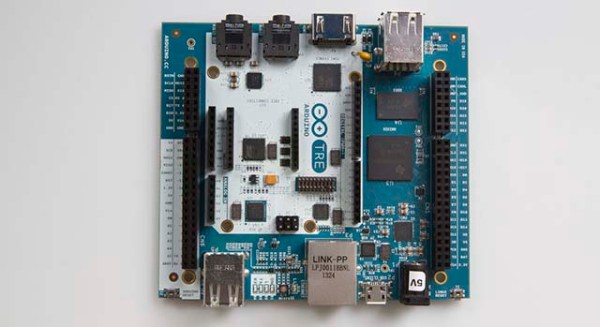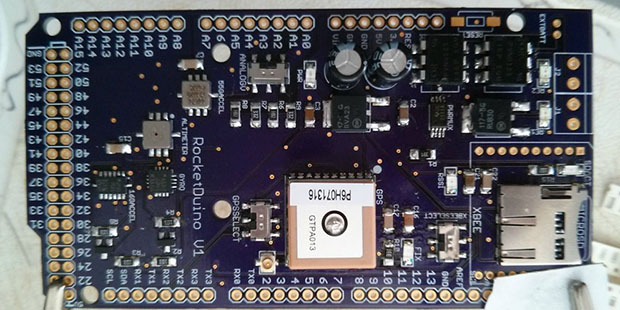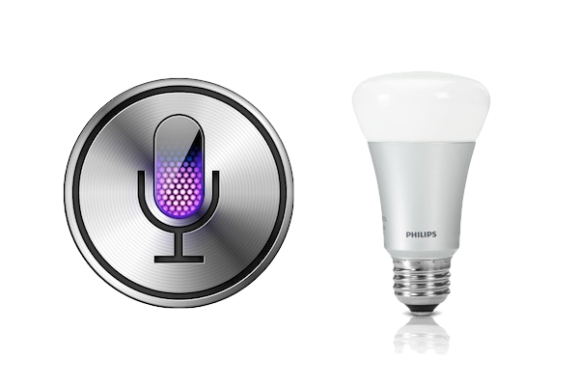
SOAP, the people behind what was initially a sketchy Kickstarter that turned into something reasonable is having another go at crowdfunding their touchscreen router with every radio imaginable. This time, however, they’ve crossed all their ts and dotted all their lowercase js to turn what was a very…. odd Kickstarter into something really cool.
The original specs of the SOAP router were impressive – basically, a touchscreen tablet with an ARM Cortex A9, USB 3.0, 802.11ac, gigabit LAN, and every radio module you could imagine. The goal, of course, being a completely open, hackable home automation system capable of talking to Zigbee and Z Wave, and X10 modules, all while being an easy to configure 802.11ac router with a touchscreen. It’s a great idea, and considering you could spend $200 on an ac router alone, without all the radio modules and touchscreen.
Judging from the updates to the original Kickstarter, the SOAP guys have come a long way in three months. They’ve moved away from a custom-designed iMX6 board to a Congatec System on Module in a move that could be described as the smartest move in the history of Kickstarter-funded consumer electronics. They’ve also fixed the Ethernet bandwidth limitation of the iMX6, although there’s no word on how that works.
To be fair, the SOAP Kickstarter should be studied by business students as the exact opposite of how you should run a Kickstarter. When the project first went up, there were inconsistencies that ranged from not having a functional prototype to lifting images from unrelated open source projects. In the past three months, though, it looks like the team has managed to pull something together. Whether or not the SOAP router will see the light of day remains to be seen, but the team is now in a much better position than they were three months ago.

















